How Advocare Put healow TeleVisits™ to Work
- 24 June 2020
- Blog
eClinicalWorks
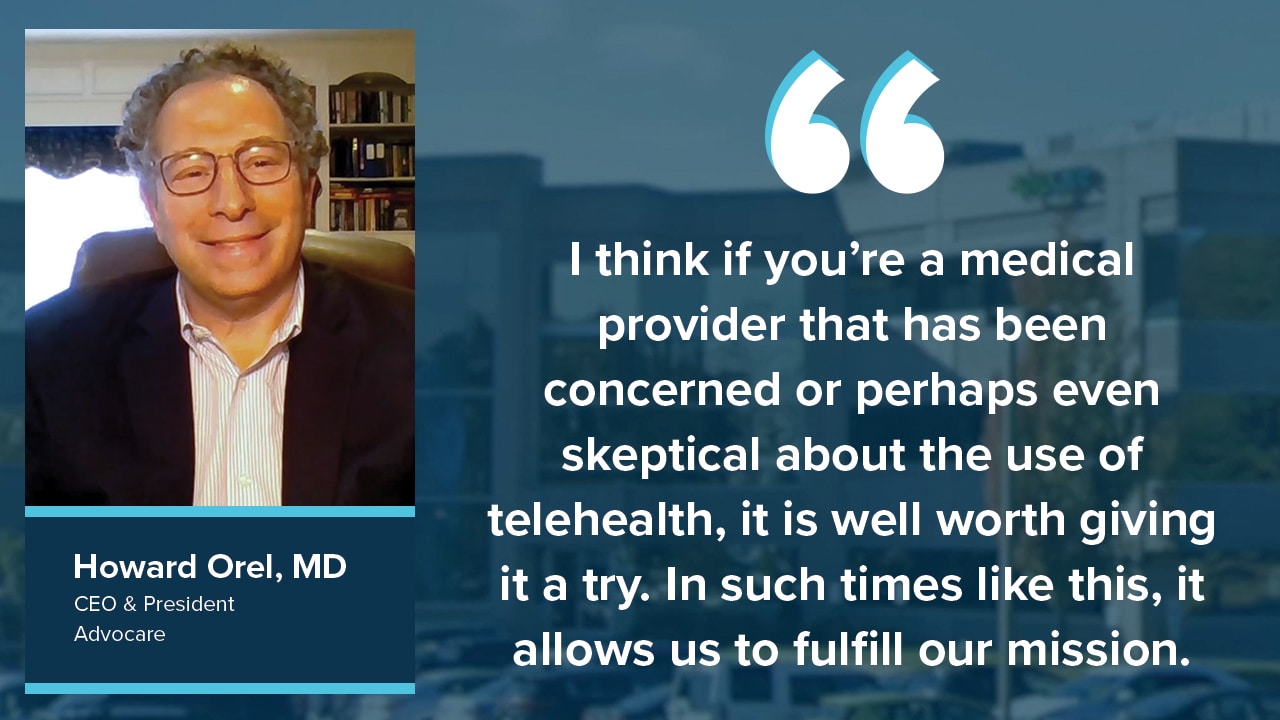
Battling the unexpected — with the unexpected
British writer C.S. Lewis once said that “we must stop regarding unpleasant or unexpected things as interruptions of real life. The truth is that interruptions are real life.”
By that measure, life can’t get much more real than it has since it was interrupted so suddenly and completely by the worldwide coronavirus pandemic. And as more and more medical practices nationwide restore a sense of normalcy with new tools and procedures, some are finding that the best answer to the unexpected is coming from an unexpected source — telehealth.
Once considered a minor part of medicine, telehealth now occupies center stage.
Rapid adoption of telehealth
“We weren’t geared up for telemedicine at the time of the crisis,” said Chuck McQueary, Executive Vice President and COO of Advocare, a 600-provider, multi-specialty group with nearly 200 locations in southern New Jersey and the Philadelphia, Pennsylvania area.
With the help of eClinicalWorks, Advocare was able to get up and running on healow TeleVisits™ within days, much more quickly than the practice’s leadership had expected.
The pleasant surprise was shared by providers throughout the practice, many of whom had previously thought telehealth simply wouldn’t meet their needs.
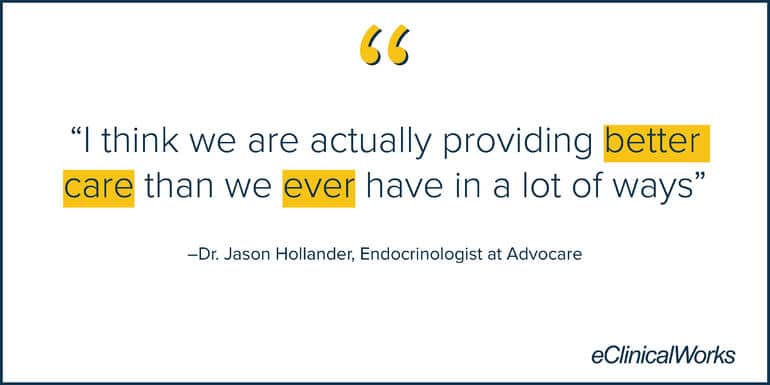
A perfect tool for specialty care
“Our practice was just absolutely perfect for telehealth services,” said Dr. Jason Hollander, an endocrinologist, who said most routine visits for treating diabetes and thyroid disorders can be done through telehealth.
“We’ve been able to fill whole schedules, a normal volume of patients on a daily basis,” Dr. Hollander said. “And I think we are actually providing better care than we ever have in a lot of ways, because we’re able to actually spend the whole period of that visit addressing the medical issues.”
McQueary added that while he and his colleagues never expected telehealth to replace in-office visits, they have been amazed at how effective remote visits can be, both to deliver care and as a quick screening tool to decide which patients need to be seen in the clinic right away. Telehealth is now a feature at all 200 of Advocare’s locations.
A permanent change in practice
Dr. Howard Orel, President and CEO of Advocare, said that about 70% of their practices are focused on adult and pediatric primary care, with the remaining 30% engaged in specialty care. Among those finding telehealth most useful have been specialists in endocrinology, rheumatology, nephrology, allergy, and pulmonology.
“It doesn’t replace in-office care, but it augments it — and in such times as a crisis such as this, it allows us to fulfill our mission,” Dr. Orel said.
“By all means, it would absolutely be my choice to be able to continue to manage patients with chronic disease through telehealth,” Dr. Hollander said, noting that he has had great success using telehealth to control diabetes, including during the first trimester of pregnancy.
“For chronic illness, it’s just a terrific platform,” he said, “and I’m really hoping that this becomes a part of our armamentarium to manage diabetics in the future.”
Related Post

- 9 January 2025
- Blog
Unveiling Trends Set to Transform Healthcare in 2025

- 15 February 2024
- Blog
AI Medical Scribes in Remote Healthcare Services

- 7 November 2023
- Blog
Embracing Technology for Startup Weight Loss and Medical Spa Clinics

- 27 September 2022
- Blog
Back to School — for Your Practice, Too!

- 21 June 2022
- Blog
Dermatology Made Easier This Summer

- 25 March 2022
- Blog
HIMSS22 Outlines Opportunities in Healthcare

- 17 February 2022
- Blog
Defense Matters: Keeping Remote Medicine Safe

- 1 February 2022
- Blog
One Key for 2022: Staying Focused on Patients

- 28 January 2022
- Blog
4 Patient Engagement Solutions to Help Patients and Practices in 2022

- 25 January 2022
- Blog
The Right Tools During Challenging Times

- 19 January 2022
- Blog
Healthcare 2022: Regulatory Trends to Look for in the Year Ahead

- 18 November 2021
- Blog
Remaining Vigilant in the Lung Cancer Fight
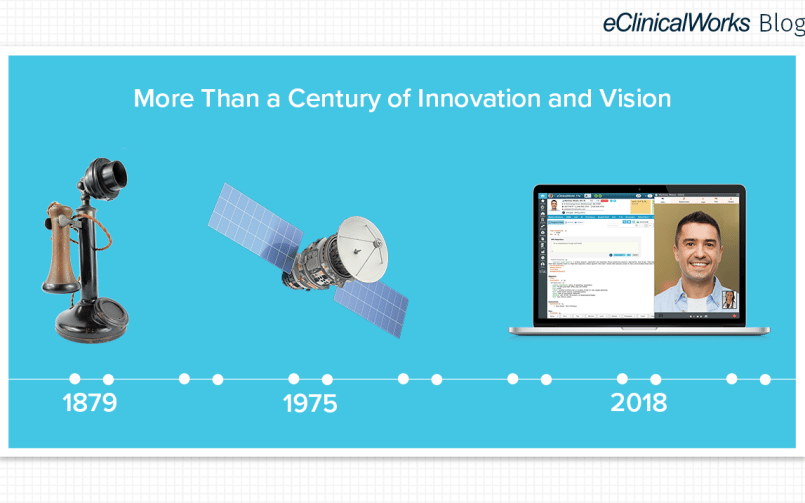
- 4 November 2021
- Blog
Telehealth Is Long-Established Science Fact
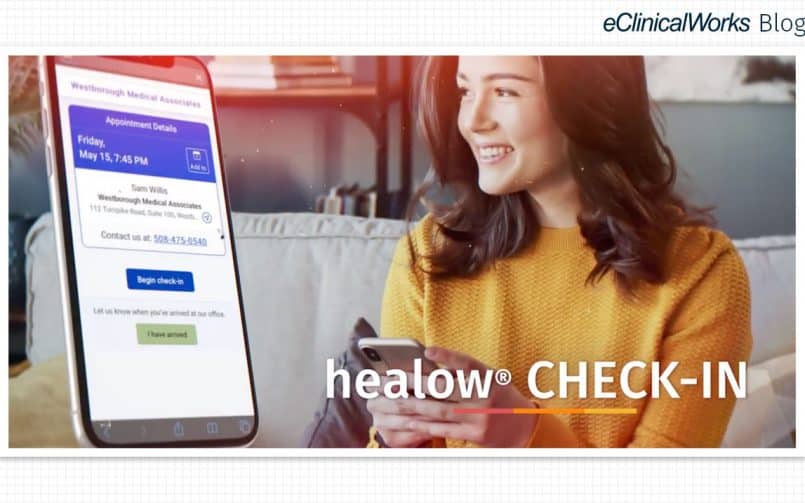
- 2 September 2021
- Blog
It’s Time for a Better Check-in Solution
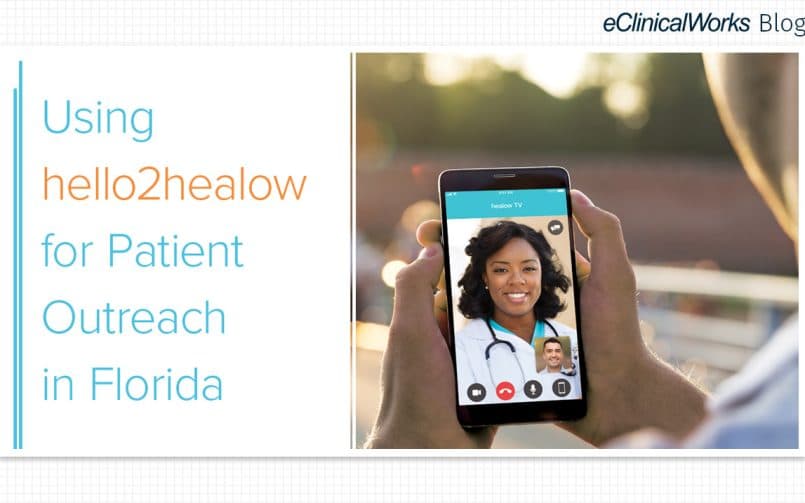
- 12 August 2021
- Blog
Using hello2healow for Patient Outreach in Florida

- 27 May 2021
- Blog
When Neurological Care Cannot Wait

- 20 May 2021
- Blog
Solutions for Allergy Testing, Tracking, and Treatment
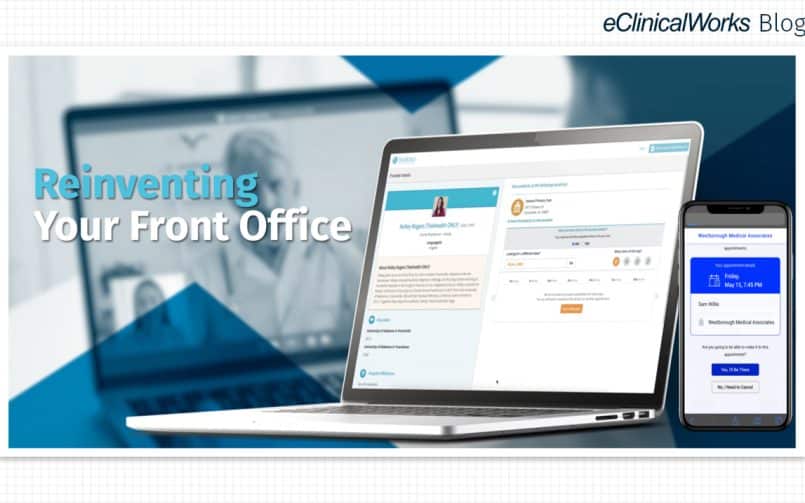
- 16 March 2021
- Blog
A Partner for Reinventing Your Practice
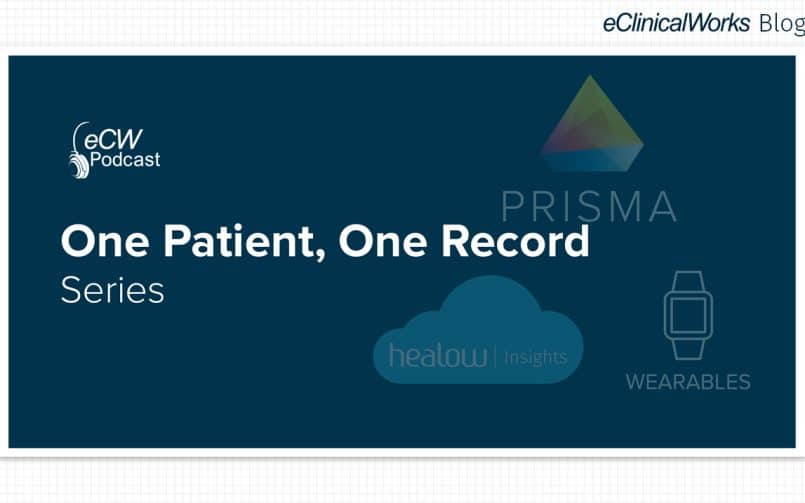
- 2 March 2021
- Blog
What it Takes to Better Know Your Patients

- 29 January 2021
- Blog
Putting the Pieces Together for Quality Healthcare

- 30 December 2020
- Blog
2020 eClinicalWorks Year in Review

- 22 December 2020
- Blog
Thirlby Clinic: Using Telehealth and CCM for Better Disease Management

- 15 December 2020
- Blog
A Challenging Year Is Ending — New Opportunities Ahead
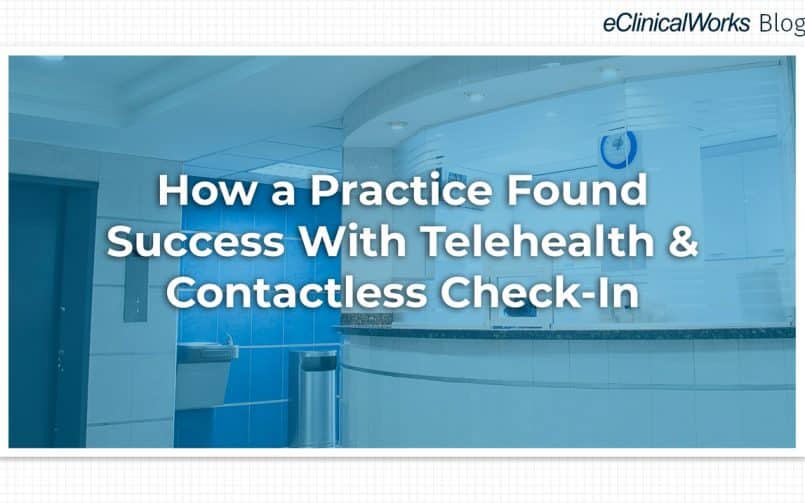
- 10 December 2020
- Blog
How a Practice Found Success With Telehealth & Contactless Check-In
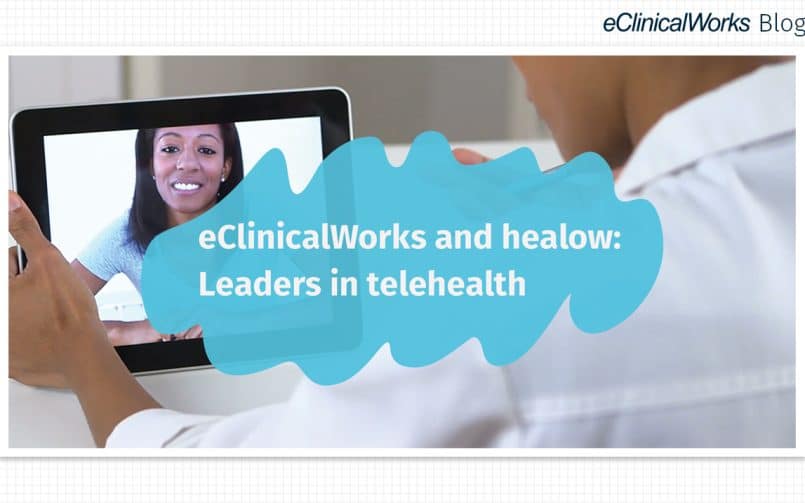
- 24 November 2020
- Blog
The Continuing Influence of Telehealth

- 19 November 2020
- Blog
Meeting the Demand for Behavioral Health Services
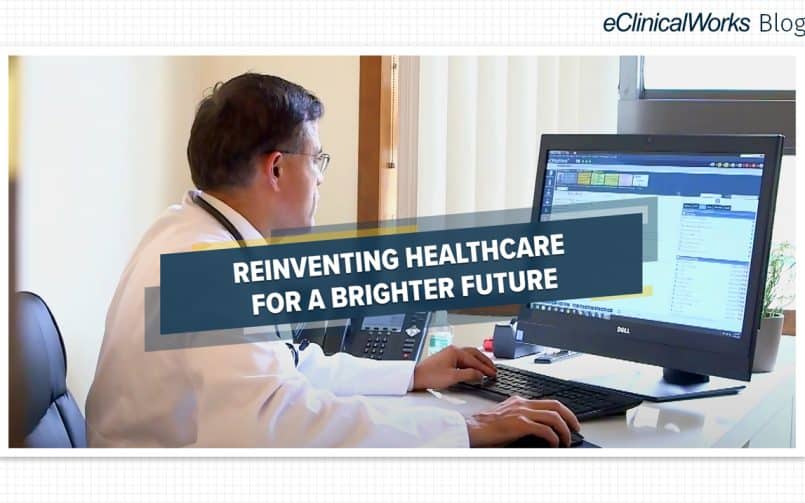
- 12 November 2020
- Blog
Reinventing Healthcare for a Brighter Future
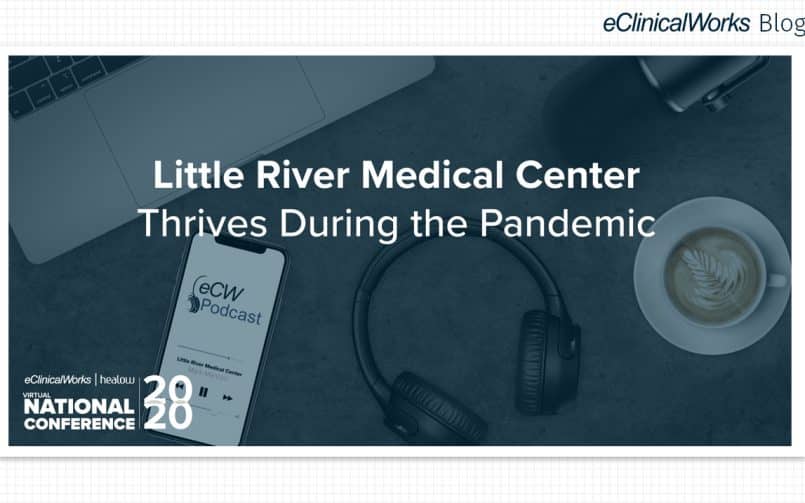
- 6 November 2020
- Blog
How Little River Medical Center Thrived During the Pandemic
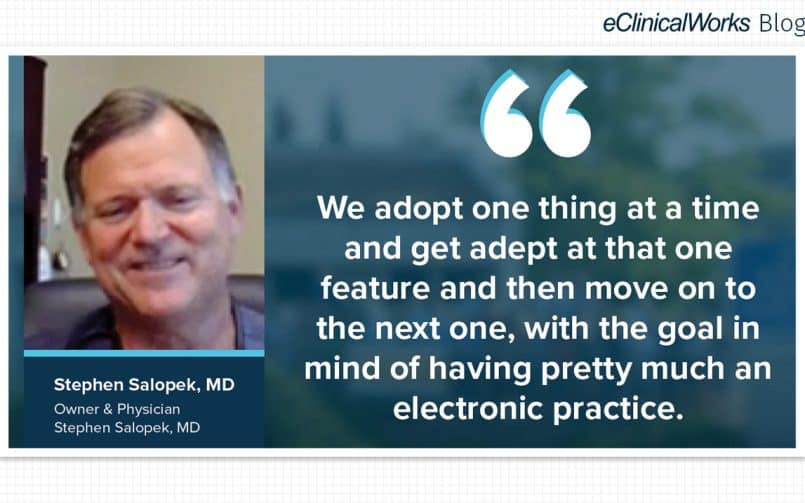
- 19 October 2020
- Blog
How Telehealth, CCM, and Contactless Check-In Revitalized a Practice in Need

- 15 October 2020
- Blog
Targeting Behavioral Health, Remote Care & More
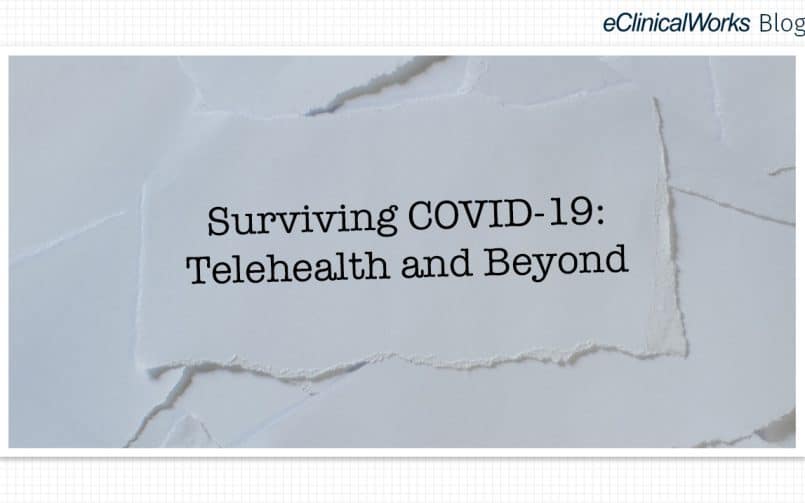
- 30 September 2020
- Blog
Surviving COVID-19: Telehealth and Beyond
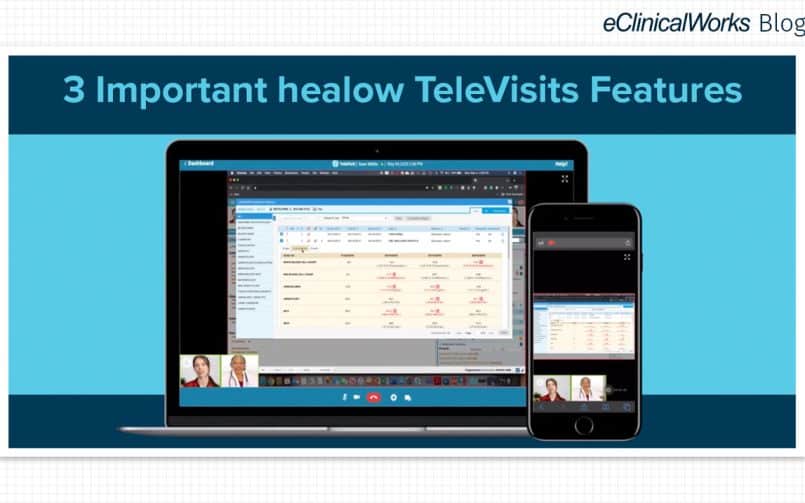
- 21 September 2020
- Blog
3 Important healow TeleVisits Features

- 9 September 2020
- Blog
It’s Your Practice — Dream Big!

- 1 September 2020
- Blog
Back to the Basics During the COVID-19 Era
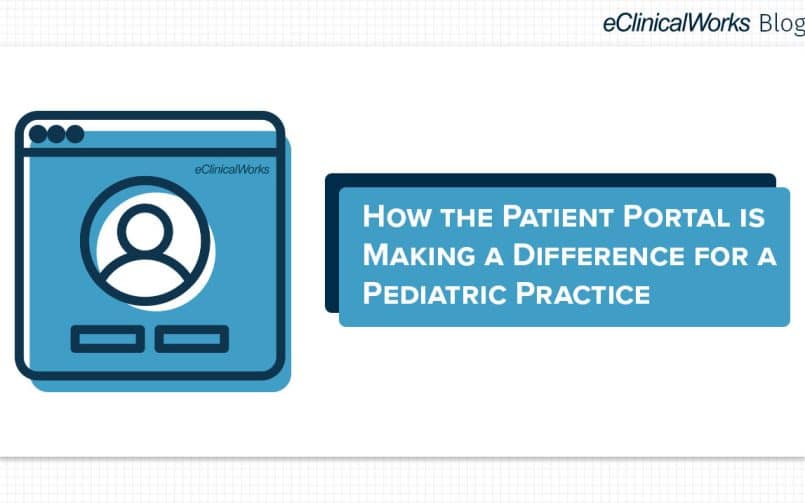
- 28 August 2020
- Blog
How the Patient Portal Is Making a Difference for a Pediatric Practice

- 24 July 2020
- Blog
Pushing Boundaries, Reaching New Horizons

- 17 July 2020
- Blog
How to Keep Your Patients & Staff Safe During COVID-19
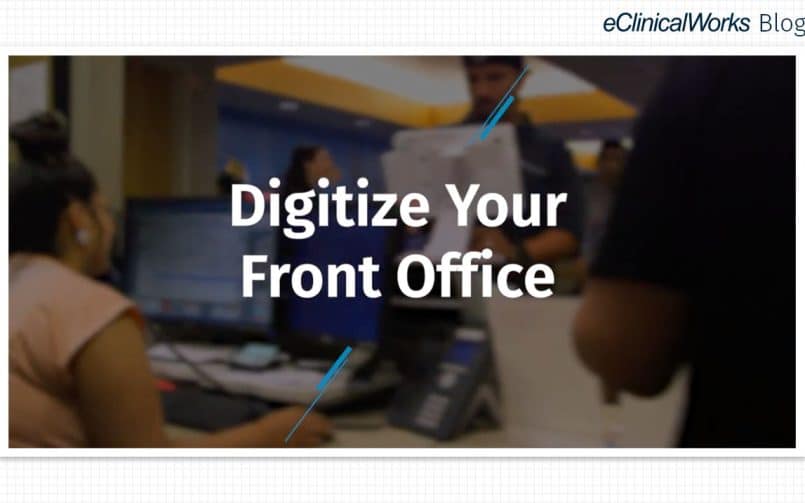
- 1 July 2020
- Blog
How to Digitize Your Front Office
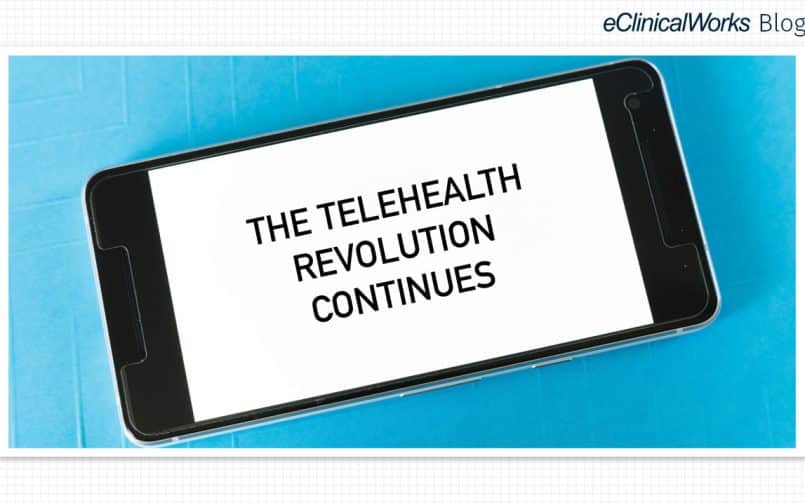
- 29 June 2020
- Blog
The Telehealth Revolution Continues
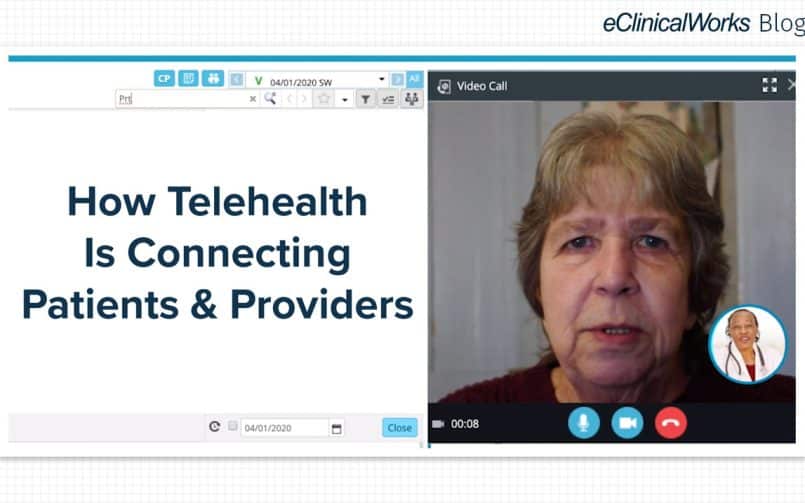
- 17 June 2020
- Blog
How Telehealth Is Connecting Patients & Providers
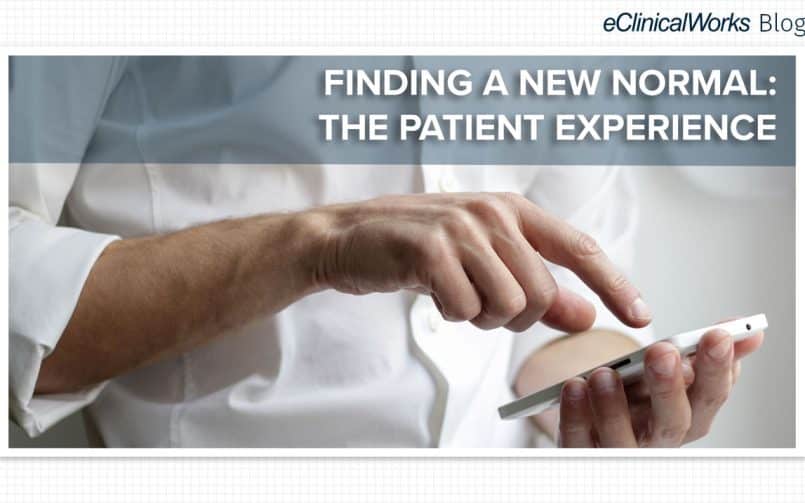
- 12 June 2020
- Blog
Finding a New Normal: The Patient Experience

- 10 June 2020
- Blog
Minding Mental Health During COVID-19
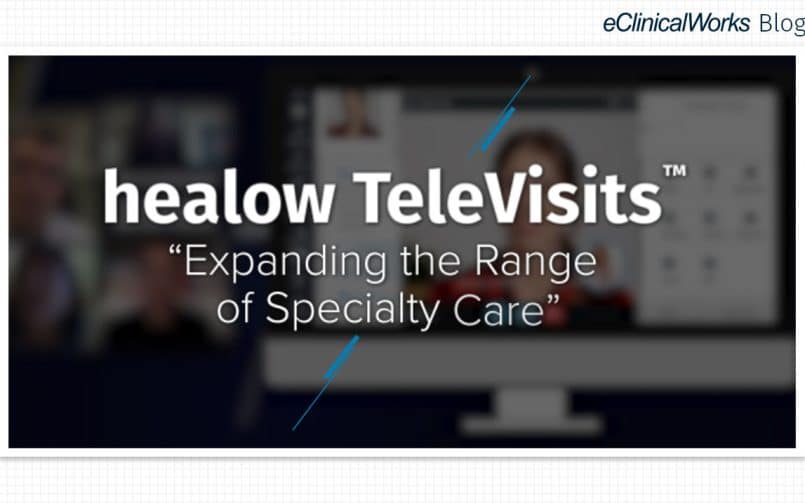
- 3 June 2020
- Blog
Expanding the Range of Specialty Care

- 1 June 2020
- Blog
Reinventing Your Practice
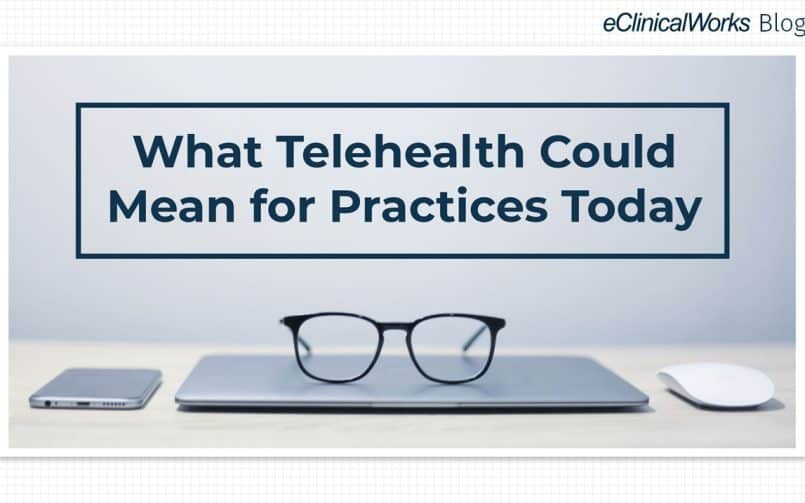
- 29 May 2020
- Blog
What Telehealth Could Mean for Practices Today

- 27 May 2020
- Blog
Resourceful Action During Extreme Times
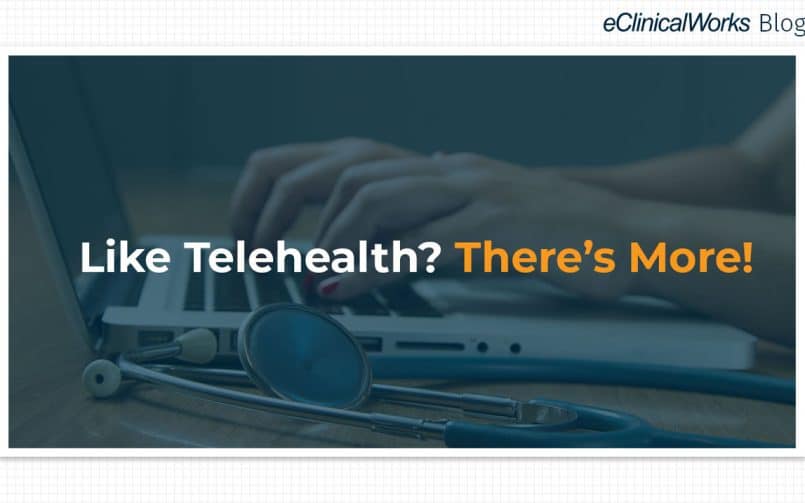
- 21 May 2020
- Blog
Like Telehealth? There’s More!
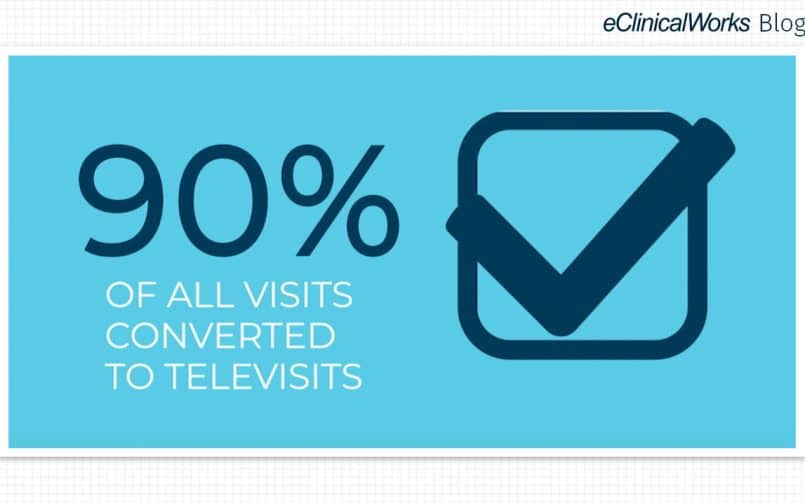
- 19 May 2020
- Blog
The Numbers Behind TeleVisits
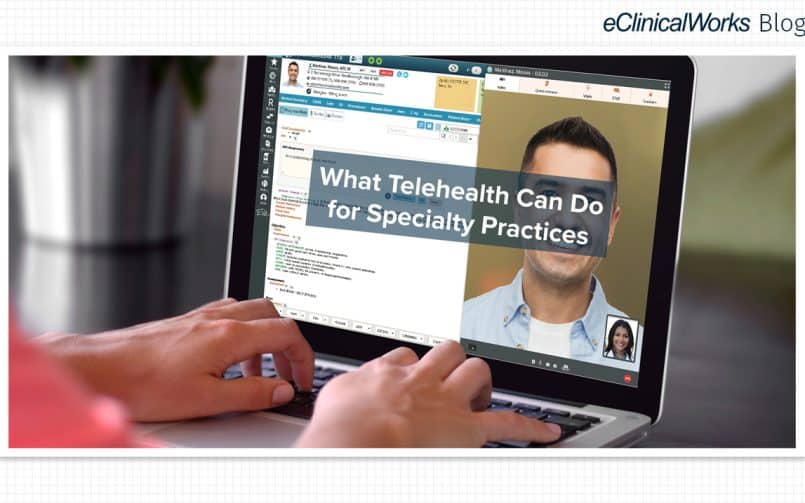
- 16 May 2020
- Blog
What Telehealth Can Do for Specialty Practices
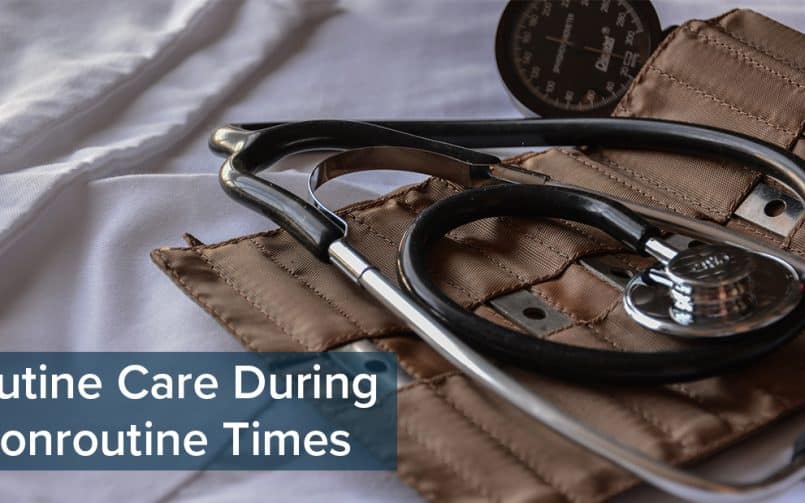
- 13 May 2020
- Blog
Routine Care During Nonroutine Times
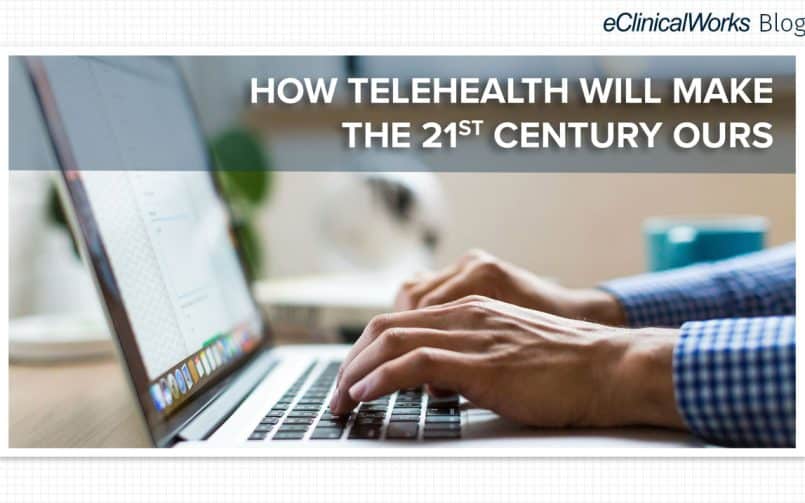
- 12 May 2020
- Blog
How Telehealth Will Make The 21st Century Ours

- 8 May 2020
- Blog
Seeing Medicine in a New Light
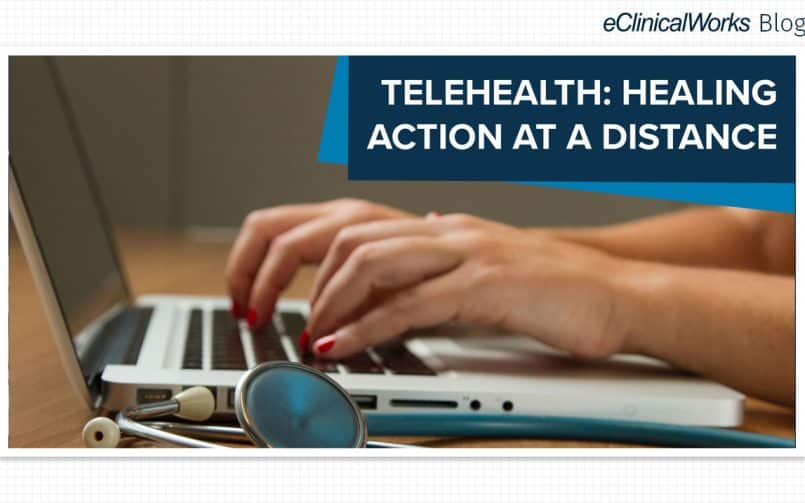
- 7 May 2020
- Blog
Telehealth: Healing Action at a Distance
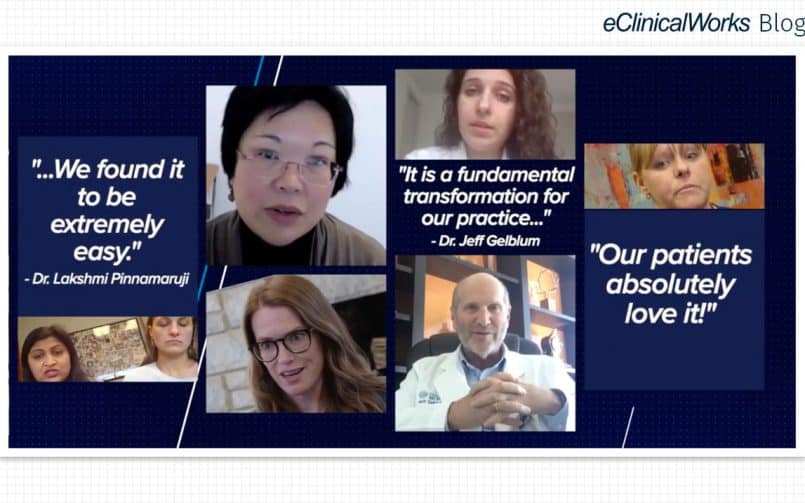
- 5 May 2020
- Blog
3 Patient Stories of TeleVisits in Action

- 1 May 2020
- Blog
Sustaining Medical Practice During COVID-19
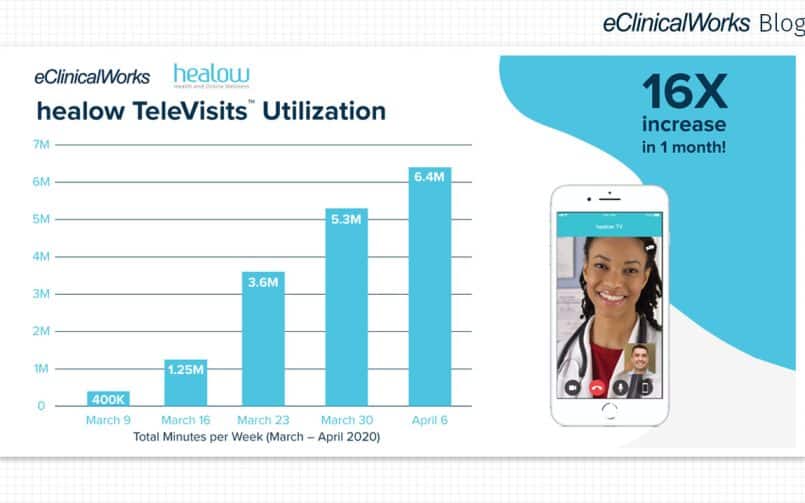
- 29 April 2020
- Blog
The Evolution and Importance of Telehealth

- 27 April 2020
- Blog
Deriving Greater Value from Telehealth
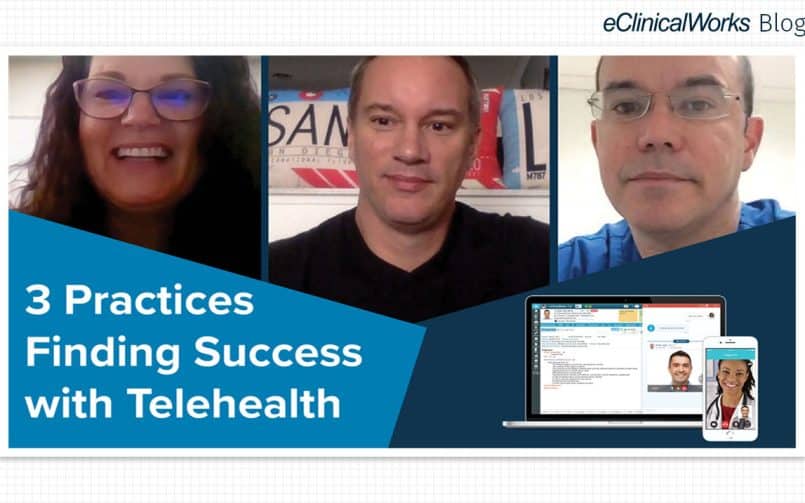
- 24 April 2020
- Blog
3 Practices Finding Success With Telehealth

- 22 April 2020
- Blog
How Innovation Fueled the Rise of Telehealth
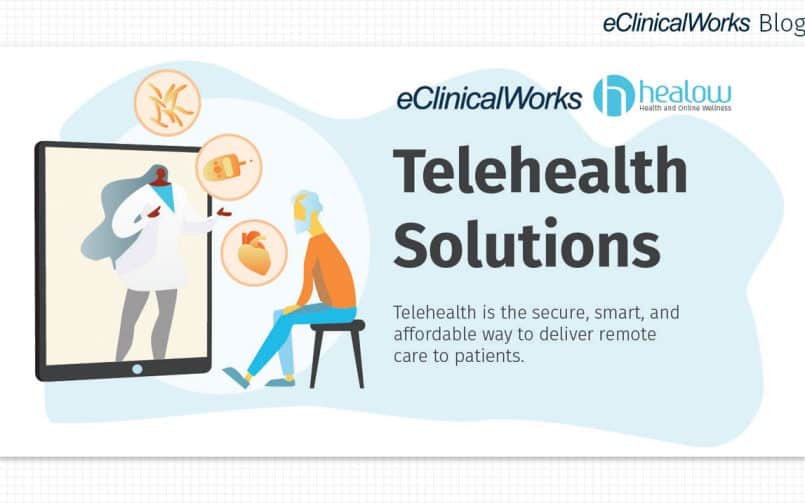
- 20 April 2020
- Blog
Why You Should Activate Telehealth Today
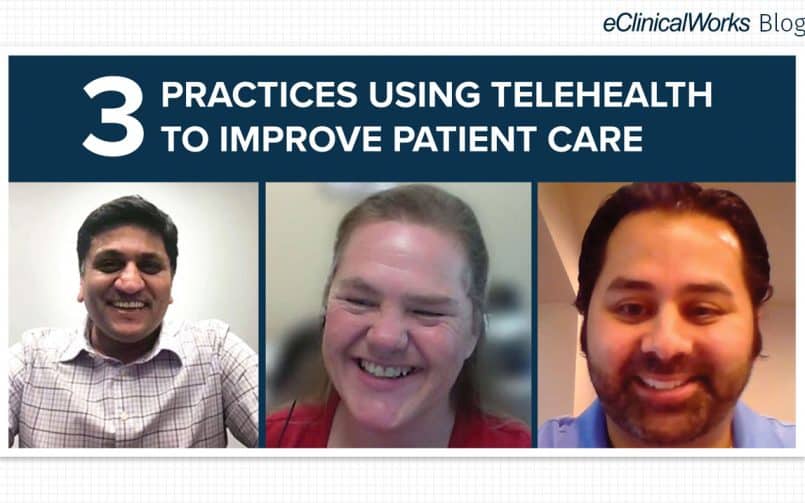
- 17 April 2020
- Blog
3 Practices Using Telehealth to Improve Patient Care

- 15 April 2020
- Blog
Shift in the Medical Mindset
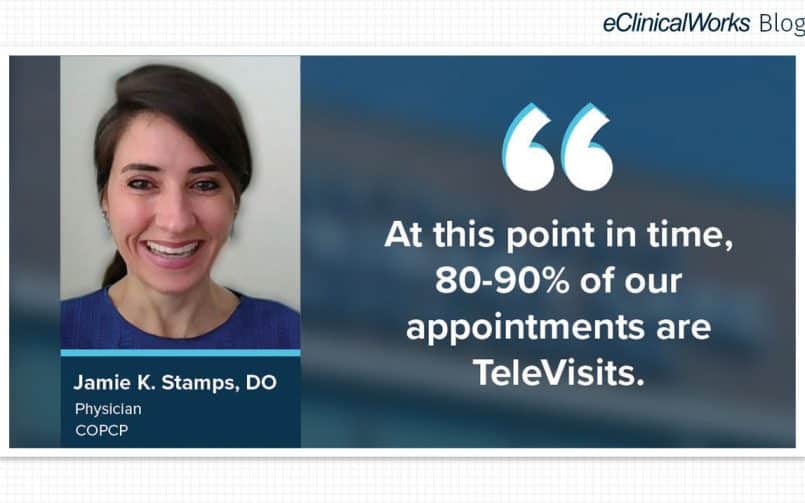
- 13 April 2020
- Blog
How Telehealth Kept a Patient Out of the ER

- 10 April 2020
- Blog
Speeding Toward a New Healthcare Paradigm
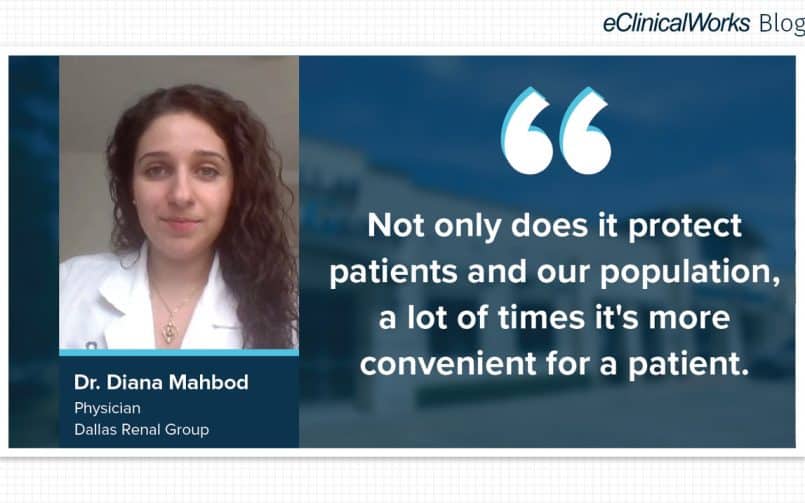
- 9 April 2020
- Blog
How Dallas Renal Group is Providing Care While Social Distancing

- 8 April 2020
- Blog
Swift Action Results in Change of Telehealth Regulations
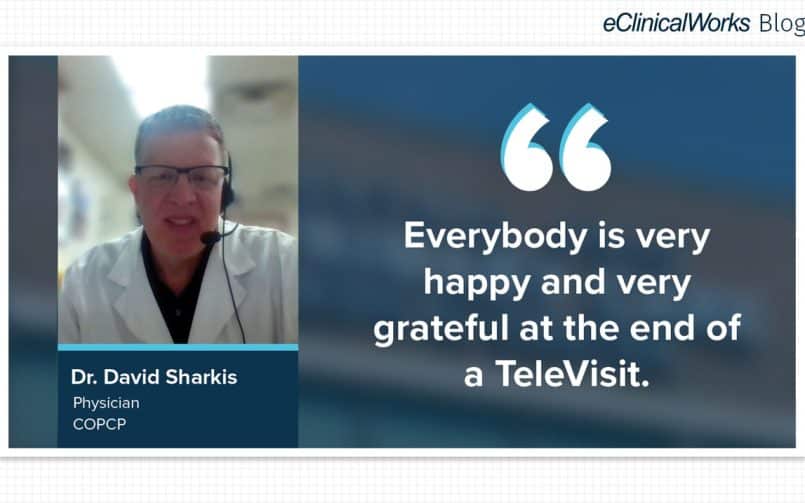
- 7 April 2020
- Blog
How Central Ohio Primary Care Physicians is Reducing ER Visits

- 6 April 2020
- Blog
Securing Access to Care During a Pandemic
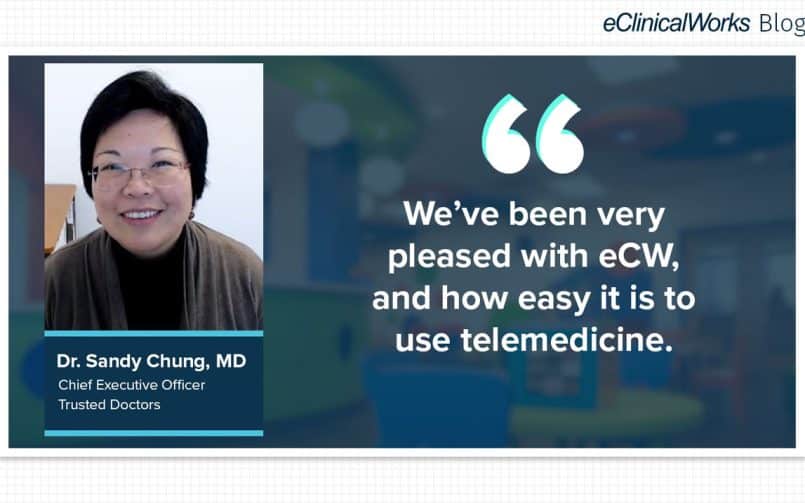
- 3 April 2020
- Blog
How Telehealth is Keeping Patients Safe at Trusted Doctors
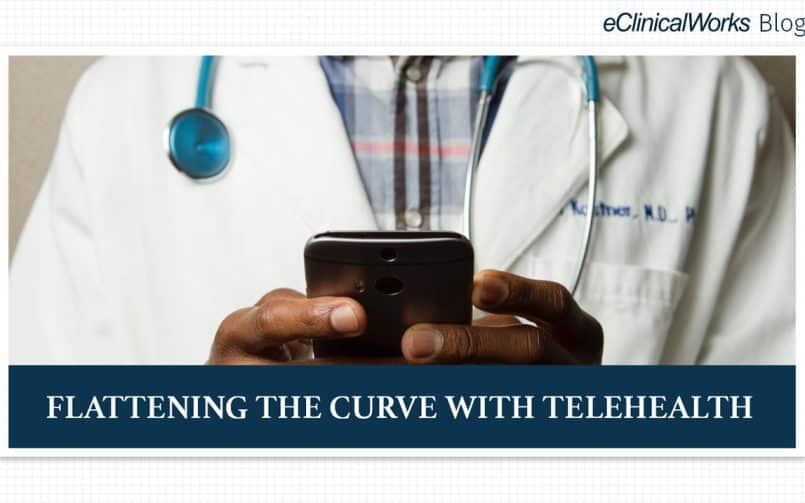
- 2 April 2020
- Blog
Flattening the Curve With Telehealth
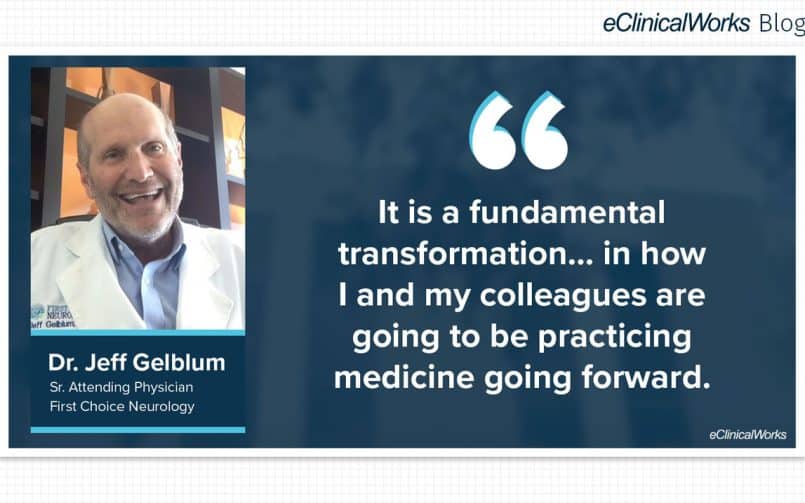
- 1 April 2020
- Blog
How First Choice Neurology Transformed Their Practice With Telehealth

- 31 March 2020
- Blog
Telehealth and Mental Health in a Time of Crisis
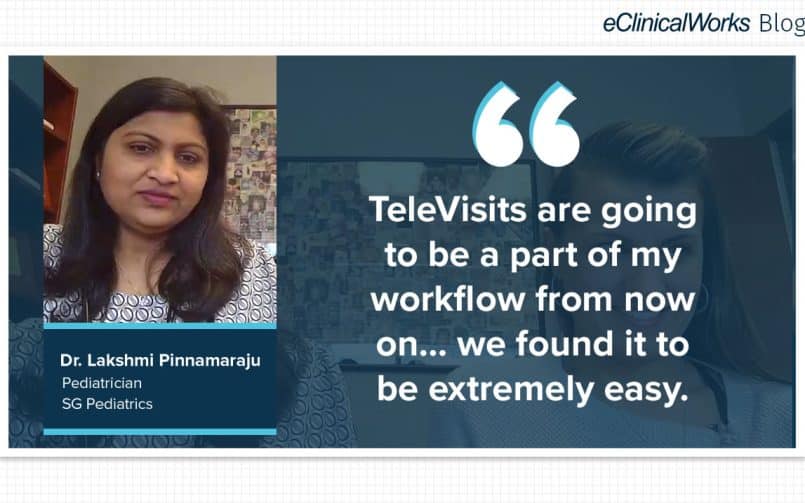
- 27 March 2020
- Blog
How SG Pediatrics are Using TeleVisits to Help Patients

- 26 March 2020
- Blog
The eClinicalWorks Telehealth Advantage

- 25 March 2020
- Blog
How Televisits Have Transformed Comprehensive Sleep Center
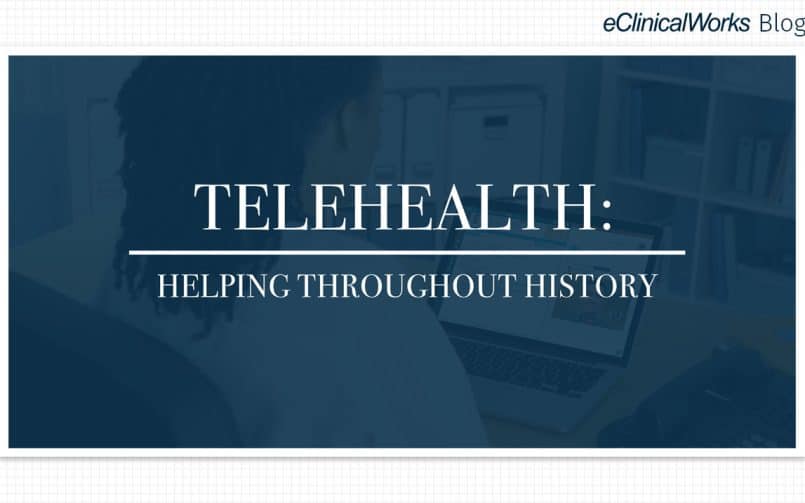
- 24 March 2020
- Blog
Telehealth: Helping Throughout History
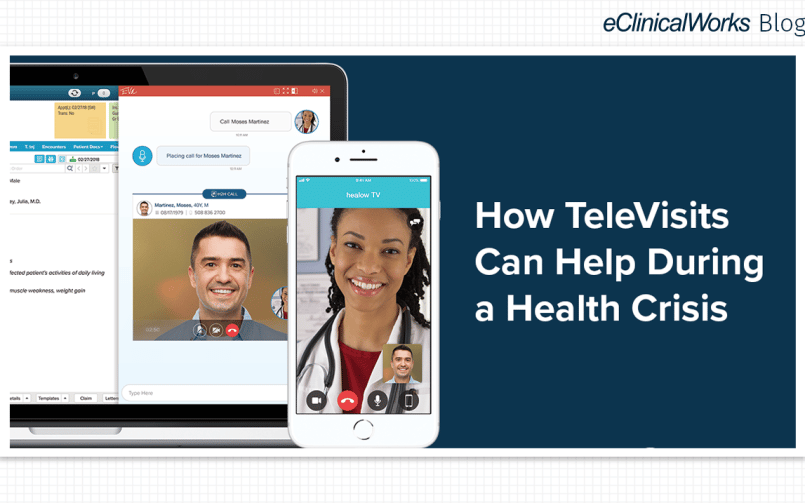
- 23 March 2020
- Blog
How healow TeleVisits Can Help During a Health Crisis
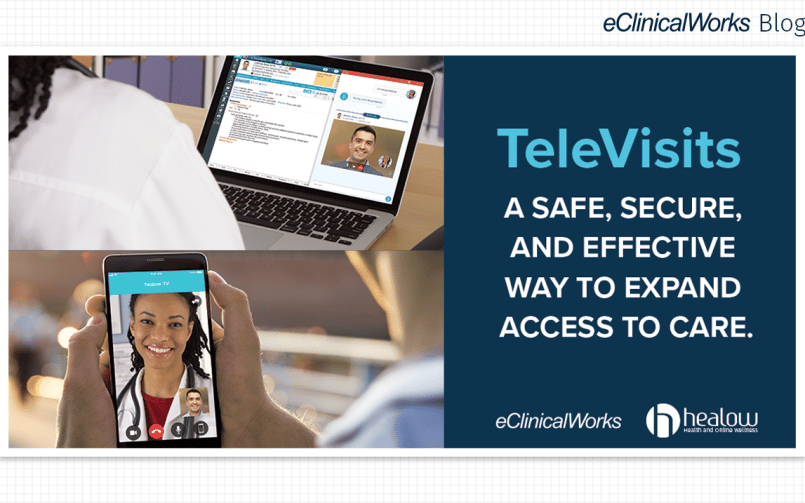
- 20 March 2020
- Blog
healow TeleVisits: How Fast Deployment Helps
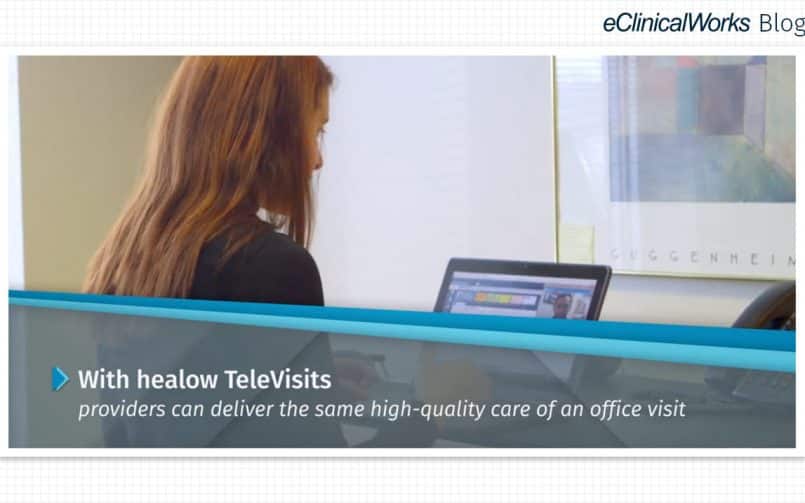
- 11 March 2020
- Blog
Expanding Access to Care With healow TeleVisits
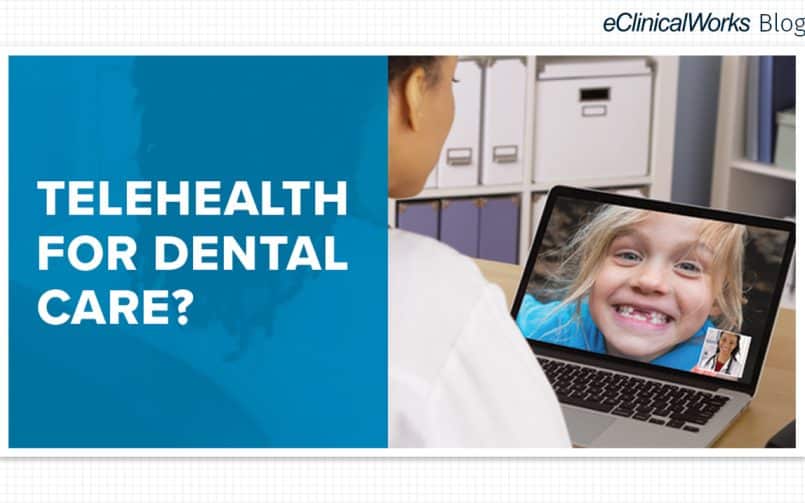
- 17 January 2020
- Blog
Teledentistry: Expanding Access to Dental Care

- 8 January 2020
- Blog
The State of Telehealth in 2020
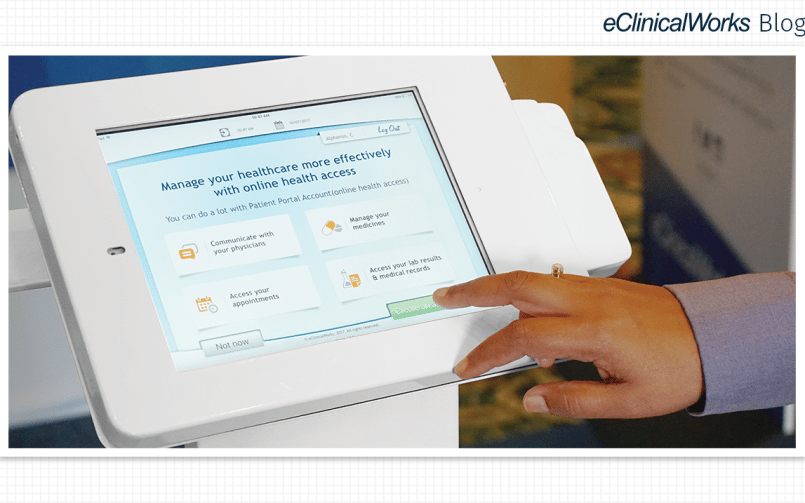
- 14 August 2019
- Blog
Patient-Centered Care: How the Approach Can Improve Healthcare
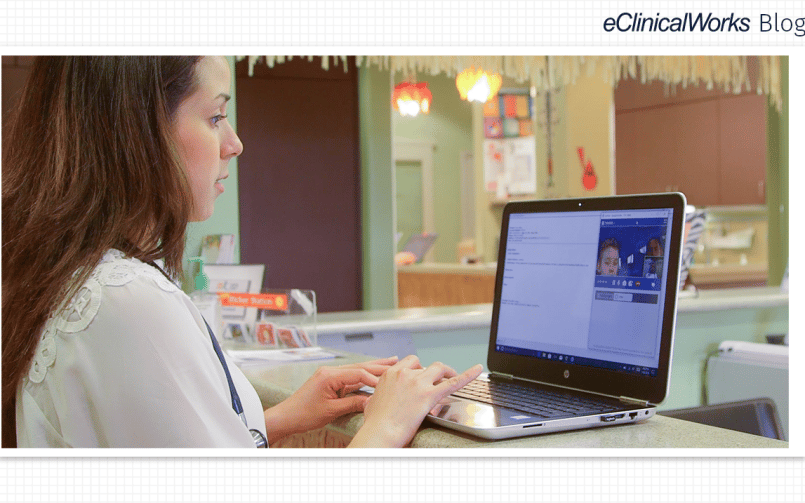
- 5 June 2019
- Blog
3 Ways That Telehealth Is Improving Healthcare
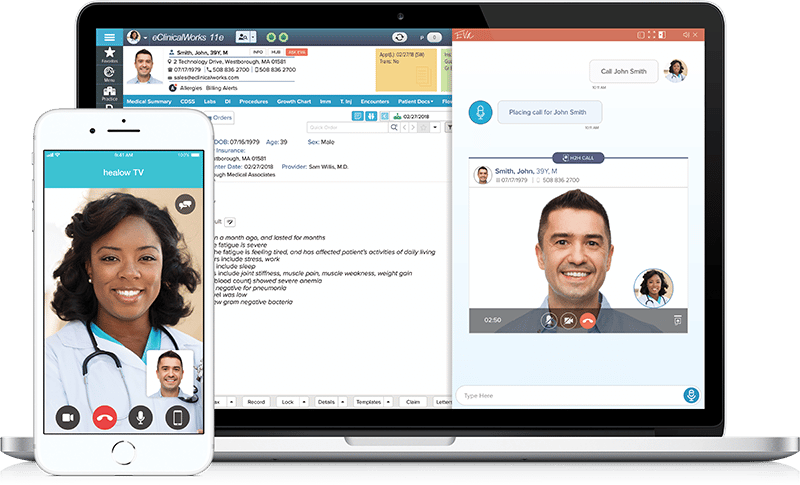
- 9 January 2019
- Blog
Telehealth – Rural Health Center
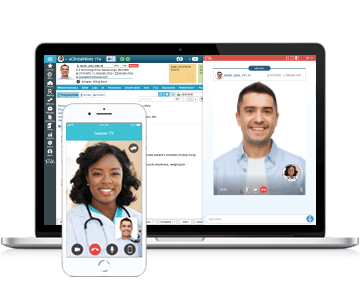
- 1 November 2018
- Blog
Three Ways Telemedicine Improves Care for Providers and Patients

- 15 October 2018
- Blog
How telehealth helps to improve compliance among ADHD patients
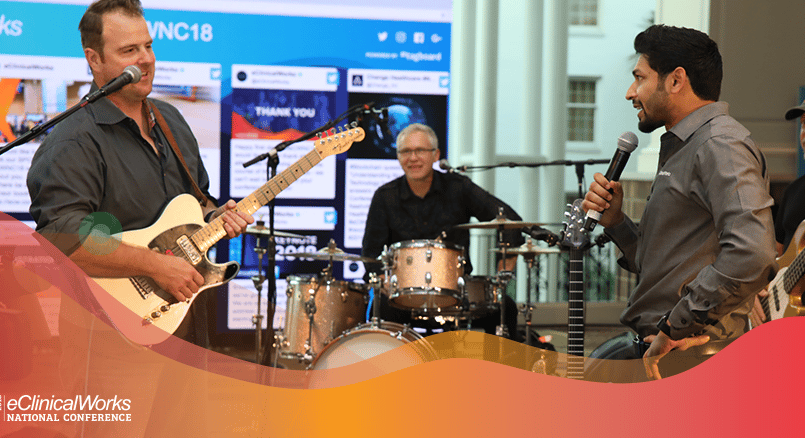
- 7 October 2018
- Blog
Powering Through on Game Day!
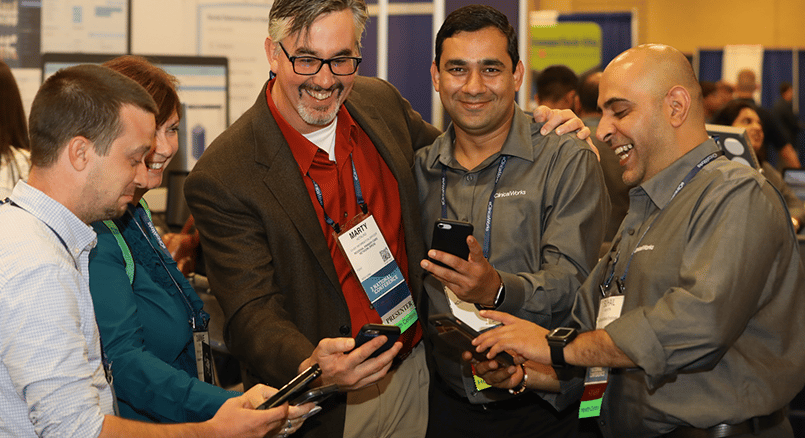
- 6 October 2018
- Blog
Making Connections on Saturday
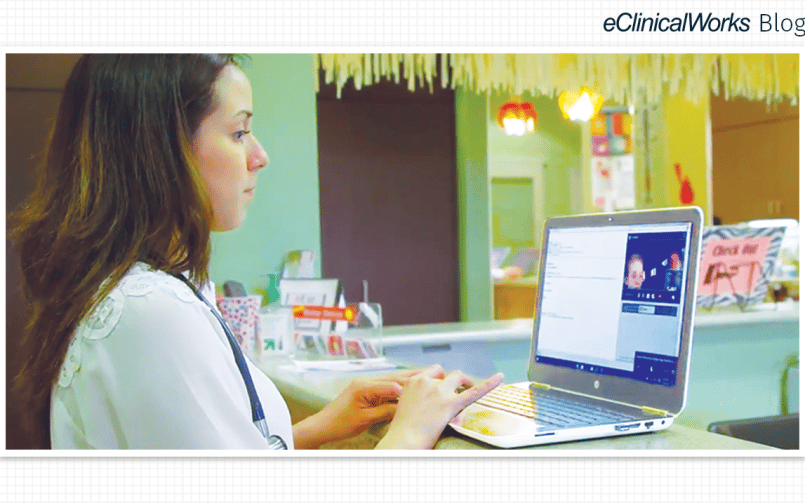
- 30 May 2018
- Blog
ADHD and Telemedicine: A Natural Fit
- 20 March 2015
- Blog
The Next Phase of Innovation in Healthcare
- 20 March 2015
- Blog








